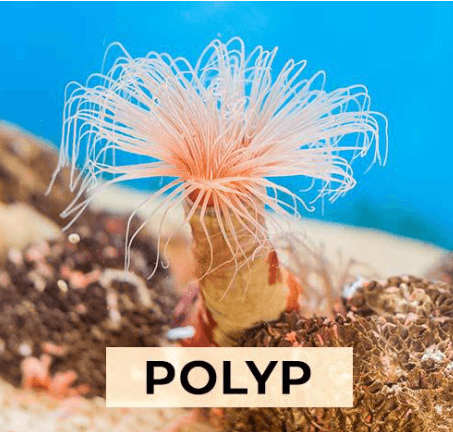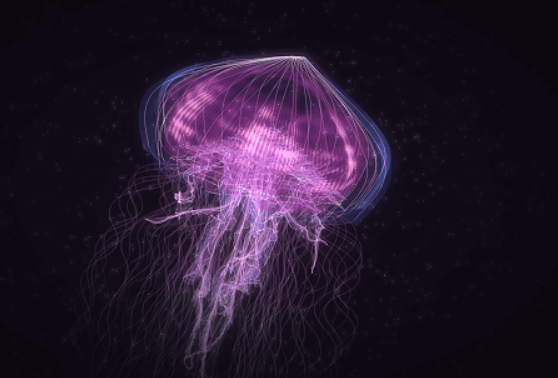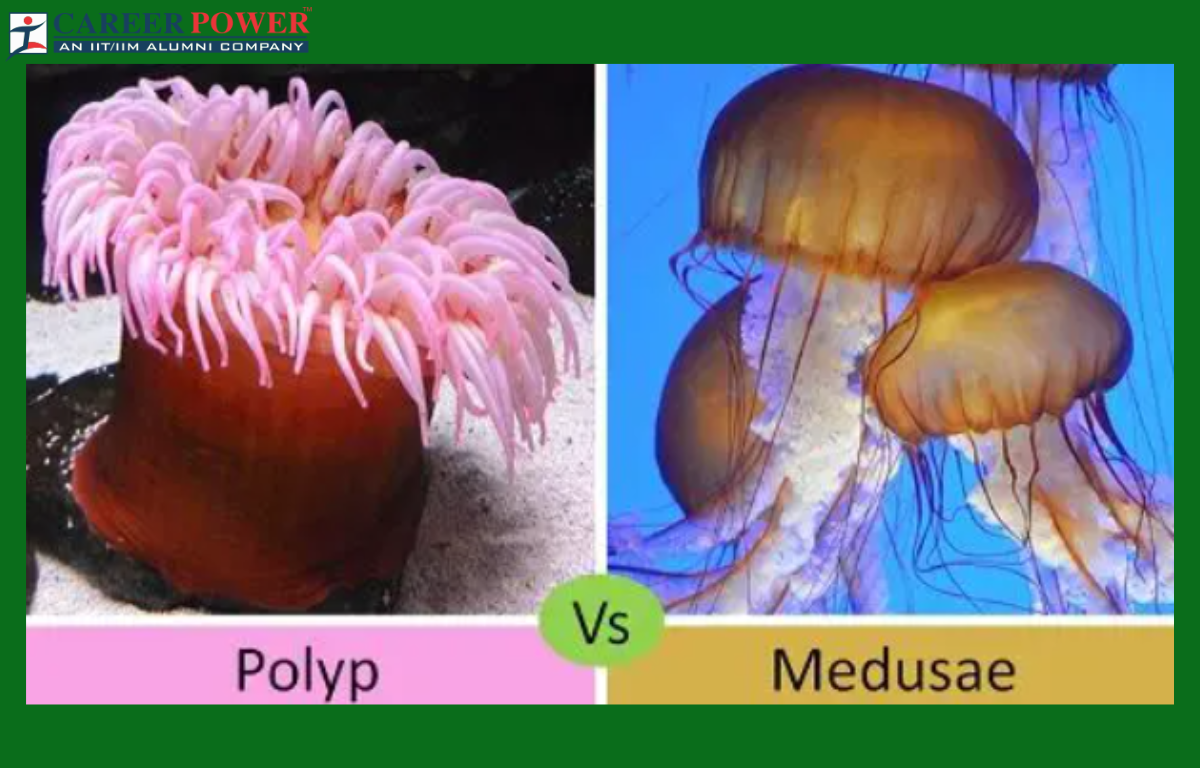Polyp and Medusa
Polyps are typically responsible for asexual reproduction and are adapted for a sedentary lifestyle, while medusae are involved in sexual reproduction and are adapted for free-swimming mobility. The alternation between these two forms is known as metagenesis or alternation of generations, a characteristic feature of the cnidarian life cycle. The main difference between polyp and medusa lies in their body forms and functions.
What are Polyps?
Polyps are abnormal growths that can occur in various parts of the body, but they’re commonly associated with the inner lining of organs like the colon or uterus. In simple terms, imagine them as small, mushroom-like protrusions. These growths are usually non-cancerous, but they can potentially develop into cancer over time. In the colon, for example, polyps might not cause symptoms initially, making regular screenings important. Doctors can often remove polyps during a simple procedure, reducing the risk of cancer. While not all polyps pose a threat, monitoring and addressing them early is crucial for maintaining overall health and preventing potential complications.

What is Medusa?
In simple terms, a medusa is not a mythical creature but a term used in Biology to describe a stage in the life cycle of certain jellyfish and related organisms. Picture a floating, umbrella-like structure with trailing tentacles – that’s a medusa. These creatures start as tiny larvae, grow into polyps attached to surfaces, and then transform into medusa. Medusa are the free-swimming, bell-shaped forms. They use their tentacles to capture prey and propel themselves in the water. It’s fascinating that medusae represent just one phase in the life cycle of these sea-dwelling organisms, showcasing the diversity of nature’s patterns and adaptations.

Difference Between Polyp and Medusa
Below we have tabulated a few points that highlight many differences between polyp and medusa. These differences reflect the adaptations of each form to their respective roles in the life cycle of cnidarians. The alternation between polyp and medusa forms is characteristic of cnidarian species and is known as metagenesis or alternation of generations.
| Difference Between Polyp and Medusa | ||
| Characteristics | Polyp | Medusa |
| Body Form | Polyps have Sessile, attached to a substrate. | Medusa is free-swimming and umbrella-shaped. |
| Movement | Polyps are generally stationary. | Medusa is mobile, propelled by pulsations. |
| Tentacle Orientation | Polyps have tentacles pointed upwards. | The tentacles of Medusa are hung downwards. |
| Mouth Position | Polyps are usually oriented upward. | Medusa is usually downward facing. |
| Reproduction | Polyps primarily reproduce asexually by Budding. | Medusa primarily reproduces sexually by releasing gametes. |
| Nerve System | In polyps, the nerve nets are concentrated at the base. | In Medusa, nerve nets are spread across the umbrella. |
| Size | Polyps are typically smaller in size. | Medusa can be larger and more conspicuous. |
| Sensitivity to Environment | Polyps are less sensitive to changes in the environment. | Medusa is more sensitive and responsive to stimuli. |
| Lifespan | Polyps have longer lifespans. | Medusa are generally shorter-lived. |
| Role in Life Cycle | Polyps often represent the asexual phase in the life cycle. | Medusa represents the sexual phase in the life cycle. |
Functions of Polyp and Medusa
Polyps and medusae are two body forms found in cnidarians, such as jellyfish and corals. Polyps and medusa serve different functions within the life cycle of these organisms. Below we have discussed a few points that will highlight the functions of polyp and medusa.
Functions of Polyp
- Reproductive Role: Polyps are often the asexual, sessile (non-motile) stage responsible for reproduction. They can undergo budding or produce specialized reproductive structures to create new polyps.
- Attachment and Feeding: Polyps attach to substrates (like rocks or coral reefs) and use their tentacles to capture prey. They are primarily involved in feeding and growing.
Functions of Medusa
- Reproductive Role: Medusae are the sexual, free-swimming stage in the life cycle. They produce eggs and sperm for sexual reproduction. Fertilized eggs develop into larvae, which then transform into polyps.
- Mobility: Medusae are mobile and capable of swimming, allowing them to disperse and explore new areas. This mobility aids in finding mates for sexual reproduction.



 50 Vegetables Name for Kids in English a...
50 Vegetables Name for Kids in English a...
 Food Chain: Definition, Types, Examples,...
Food Chain: Definition, Types, Examples,...
 Human Respiratory System: Definition, Di...
Human Respiratory System: Definition, Di...













